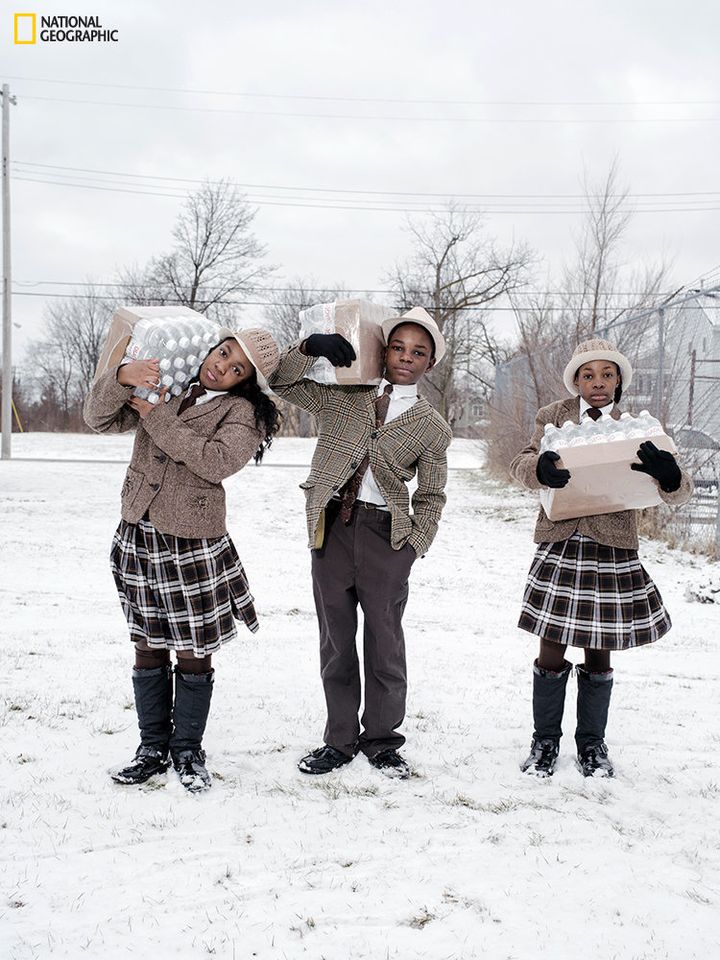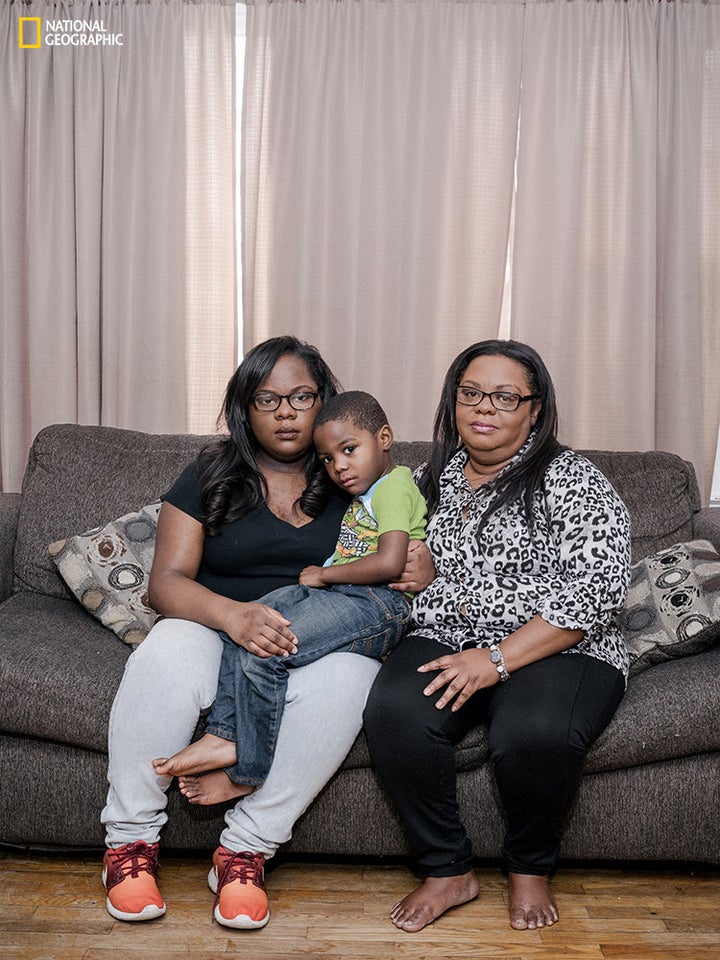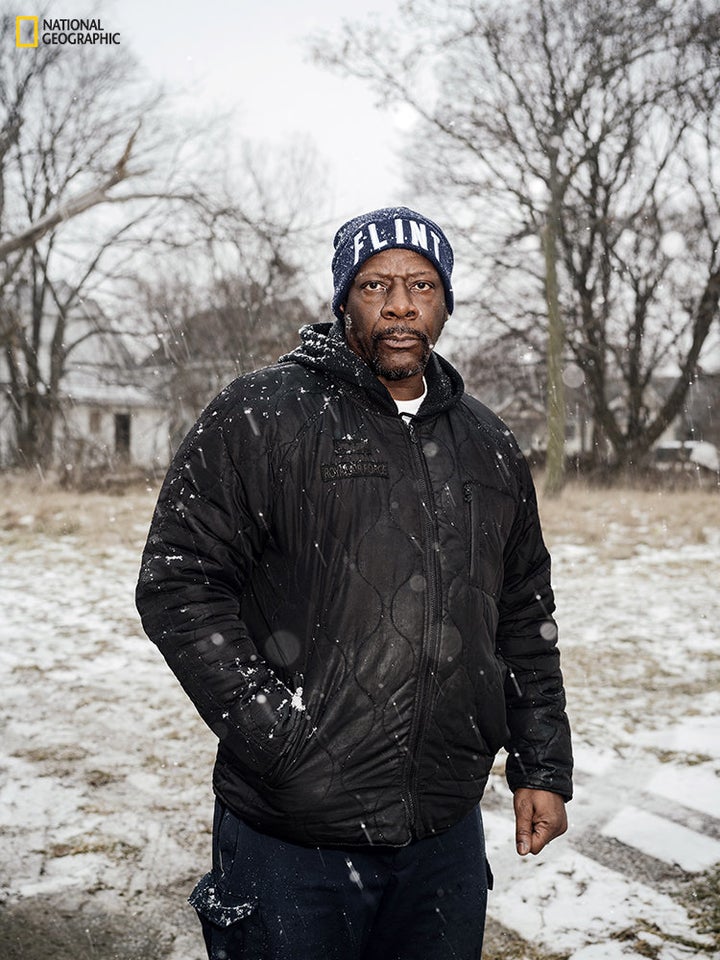
The water crisis in Flint, Michigan, that exposed thousands of children to lead-tainted water and contributed to countless other maladies is finally receiving the national attention it deserves.
But even with the impoverished city in the limelight, it is easy to overlook the individual struggles -- and triumphs -- of the city’s roughly 100,000 residents.
A new photo essay by Wayne Lawrence in National Geographic tries to change that. Lawrence introduces us to the people of Flint so we can see and hear what it means for them to haul cases of bottled water through the snow so they can meet their basic needs.
“Everyday tasks like bathing, tooth brushing, and cooking have become difficult chores as the threat of lead poisoning and other maladies looms in the tap water,” the National Geographic’s Lawrence writes. “These photos show the people behind the crisis; the people who can no longer trust the water that flows into their homes.”
Take a look at a few of the moving images Lawrence captured:

“I done had several upper respiratory infections,” Antionette told Lawrence. “I done had skin rashes, hair loss. We cooked with the water, we bathed. I’m worried about two, three years from now, what else is gonna come up. Cancer. I’m worried about how it done affect the inside of my body that haven’t come out with the different tests yet.”

Barnett-Pierce standing outside Fire Station #3, one of five bottled-water pickup sites. While the city has stopped using the contaminated Flint River as its source, it corroded the city's pipes, so residents still cannot use water from the tap.

"You know how many babies here is affected now man, for the rest of their lives?” Leighton asked Lawrence. “And to my understanding and my little research it’s irreversible once you get lead poison in the brain. It’s nothing you can do about it. And it’s like giving a whale a tic tac for bad breath man, giving us a case a water a day. How we supposed to bathe, man?”

Bennett is pictured after picking up a pallet of bottled water. Flint's mayor estimates that it could cost $1.5 billion -- and take an untold amount of time -- to replace the city's water pipes.
